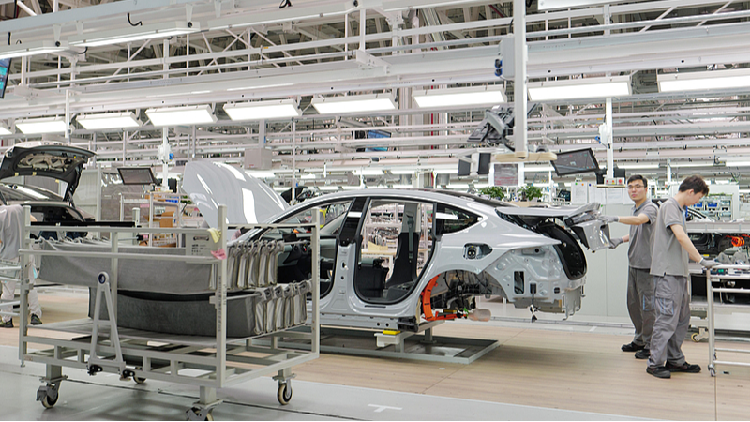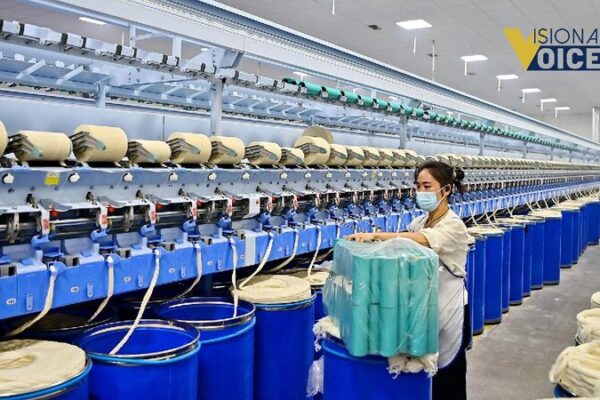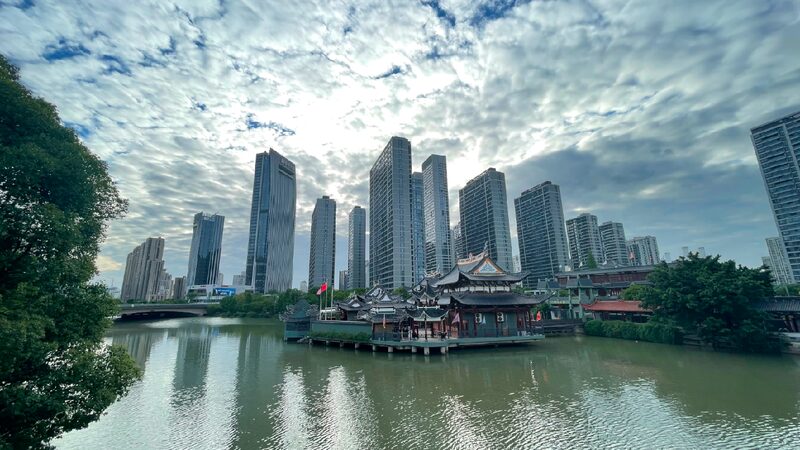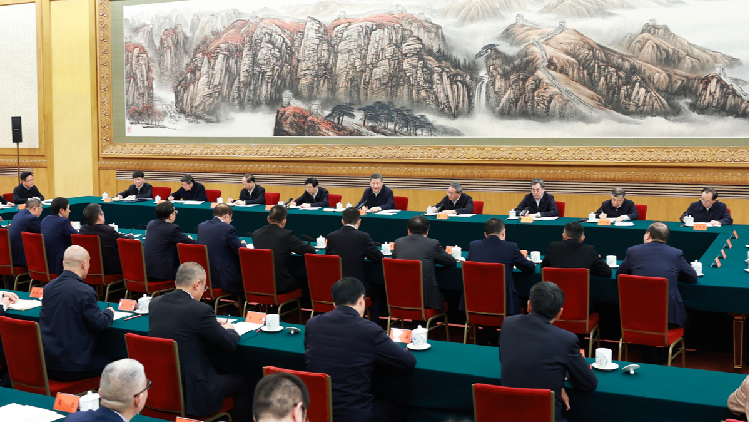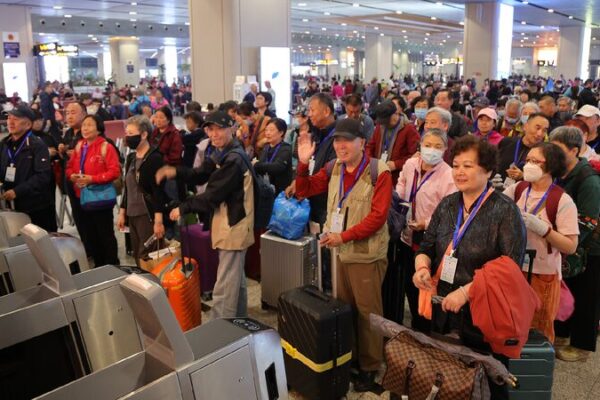Is medical care expensive in China? Does China have universal healthcare? What’s the difference between traditional Chinese medicine and Western medicine? These questions are common among young people curious about China’s healthcare system. Let’s explore the answers.
Understanding China’s Healthcare System
China has been reforming its healthcare system for decades to provide better access and affordability to its vast population. The country operates a mixed healthcare system combining public and private providers, with government policies aiming to offer basic medical services to all residents.
Is Medical Care Expensive in China?
The cost of medical care in China varies depending on factors like location, type of facility, and treatment required. In urban areas, especially in major cities like Beijing and Shanghai, medical costs can be higher compared to rural regions. However, the government has implemented policies to reduce out-of-pocket expenses for patients, making basic healthcare services more affordable.
Residents contribute to social health insurance schemes, which help cover a significant portion of medical expenses. For common illnesses and basic treatments, the costs are generally manageable for most people. Nonetheless, serious illnesses or advanced procedures can still be financially challenging for some, leading to ongoing discussions about medical affordability.
Does China Have Universal Healthcare?
China has made significant strides toward achieving universal healthcare coverage. The government has established several public health insurance programs, such as the Urban Employee Basic Medical Insurance, Urban Resident Basic Medical Insurance, and the New Rural Cooperative Medical Scheme. These programs aim to provide coverage for different segments of the population, including employees, urban residents without formal employment, and rural residents.
While coverage has expanded to the majority of the population, the level of benefits and reimbursement rates can vary. Efforts are ongoing to improve the quality of healthcare services and ensure more equitable access across regions.
Traditional Chinese Medicine vs. Western Medicine
One distinctive feature of China’s healthcare system is the coexistence of traditional Chinese medicine (TCM) and Western medicine. TCM is a holistic approach that includes practices like herbal remedies, acupuncture, and tai chi. It focuses on balancing the body’s energy, known as “qi,” to prevent and treat illnesses.
Western medicine, on the other hand, is based on modern scientific research and technology. It emphasizes diagnosis and treatment of diseases using medications, surgery, and other standardized procedures.
In China, patients often have the option to choose between TCM and Western medicine, or a combination of both. Hospitals may have departments dedicated to each, and practitioners collaborate to provide integrated care. This blend offers patients a broader range of treatments and reflects the country’s cultural heritage alongside modern advancements.
The Road Ahead
China continues to work on improving its healthcare system to make it more accessible and affordable for all residents. Challenges remain, such as addressing regional disparities and increasing the quality of care. For those interested in China’s approach to healthcare, understanding its complexities offers valuable insights into how the country navigates the health needs of its large and diverse population.
Reference(s):
cgtn.com


